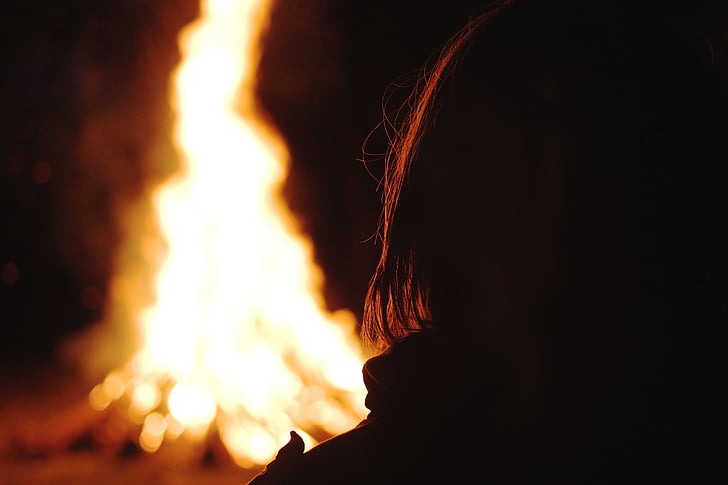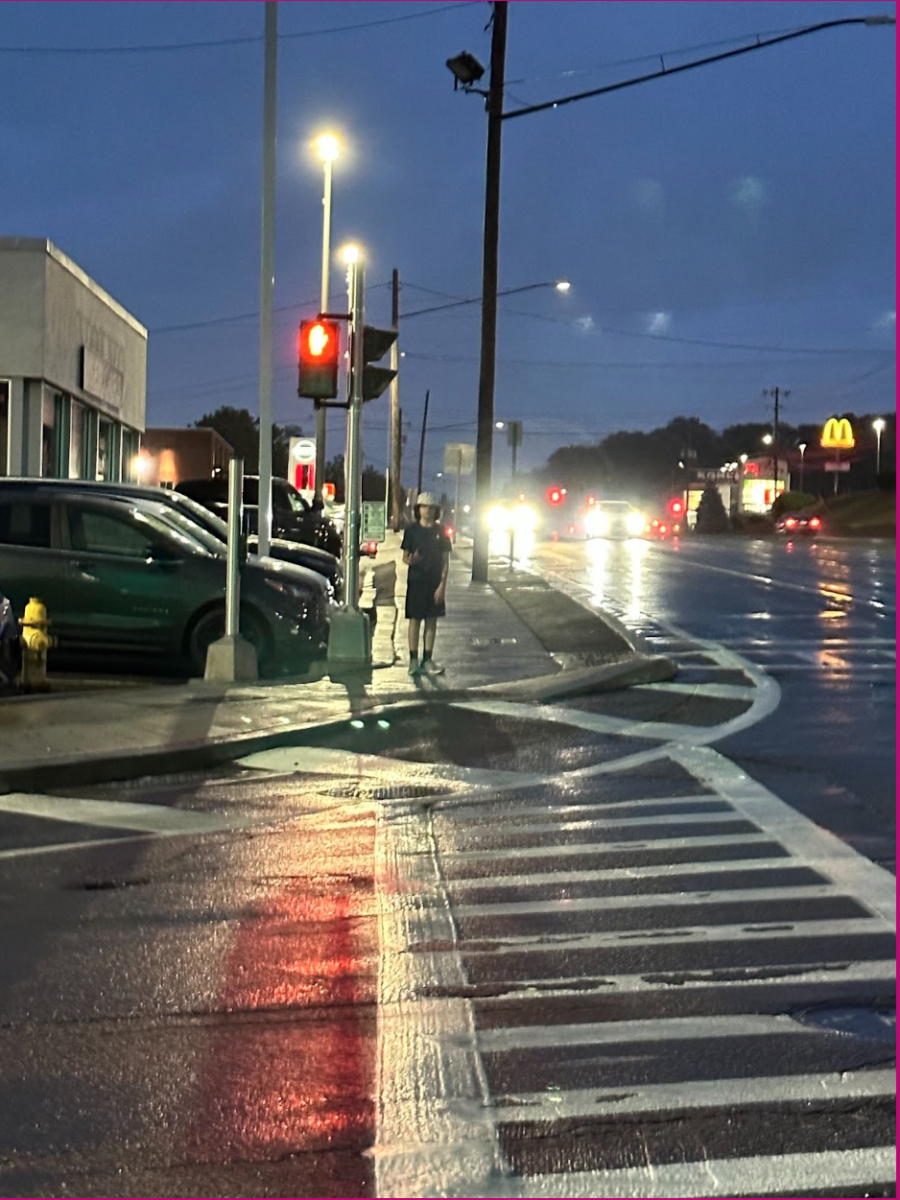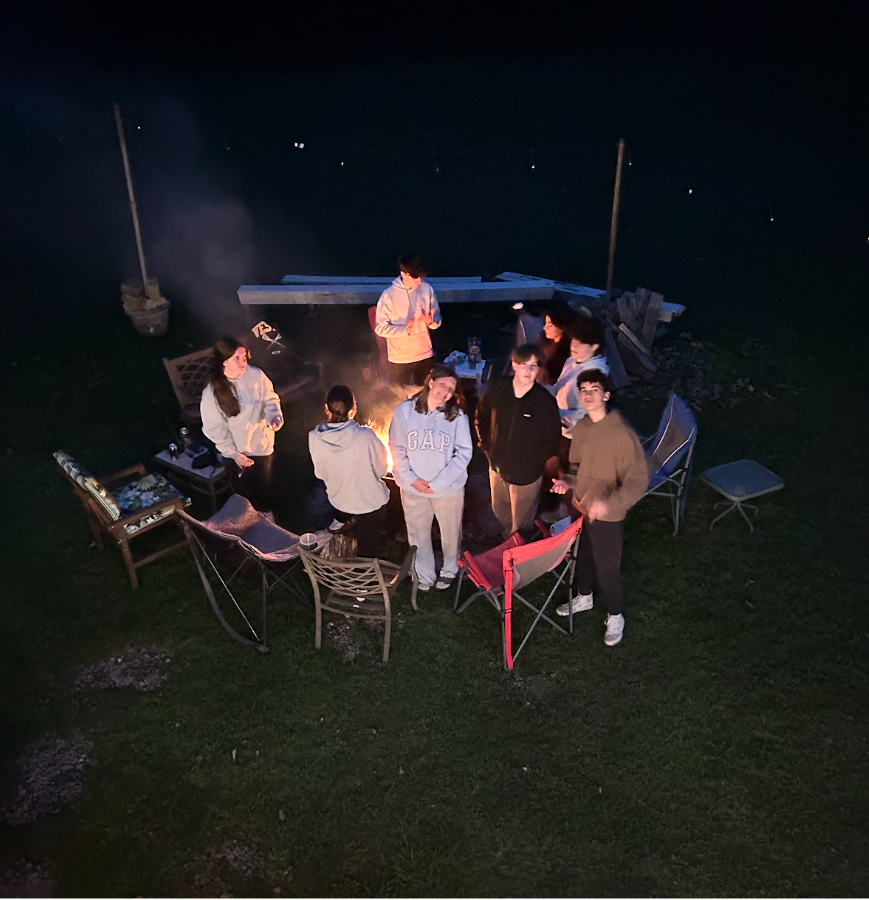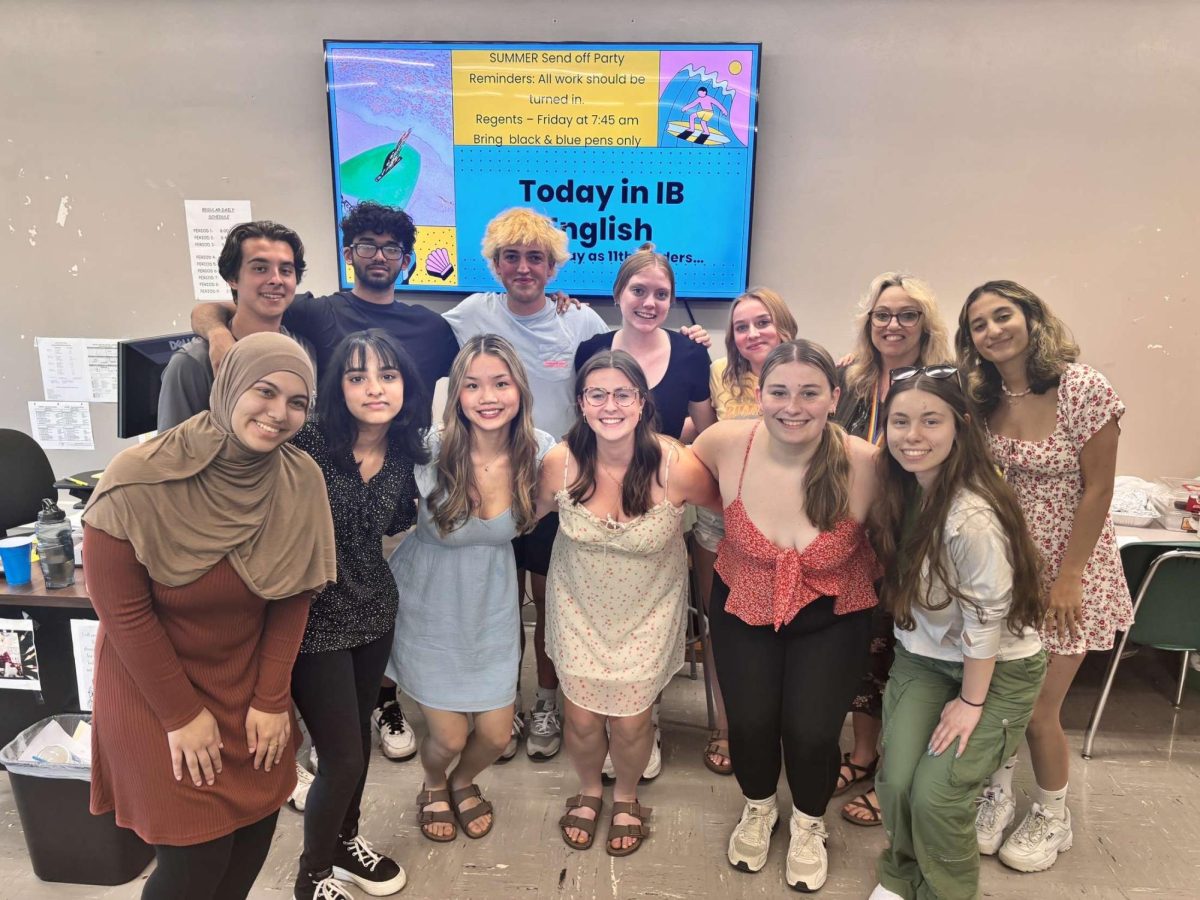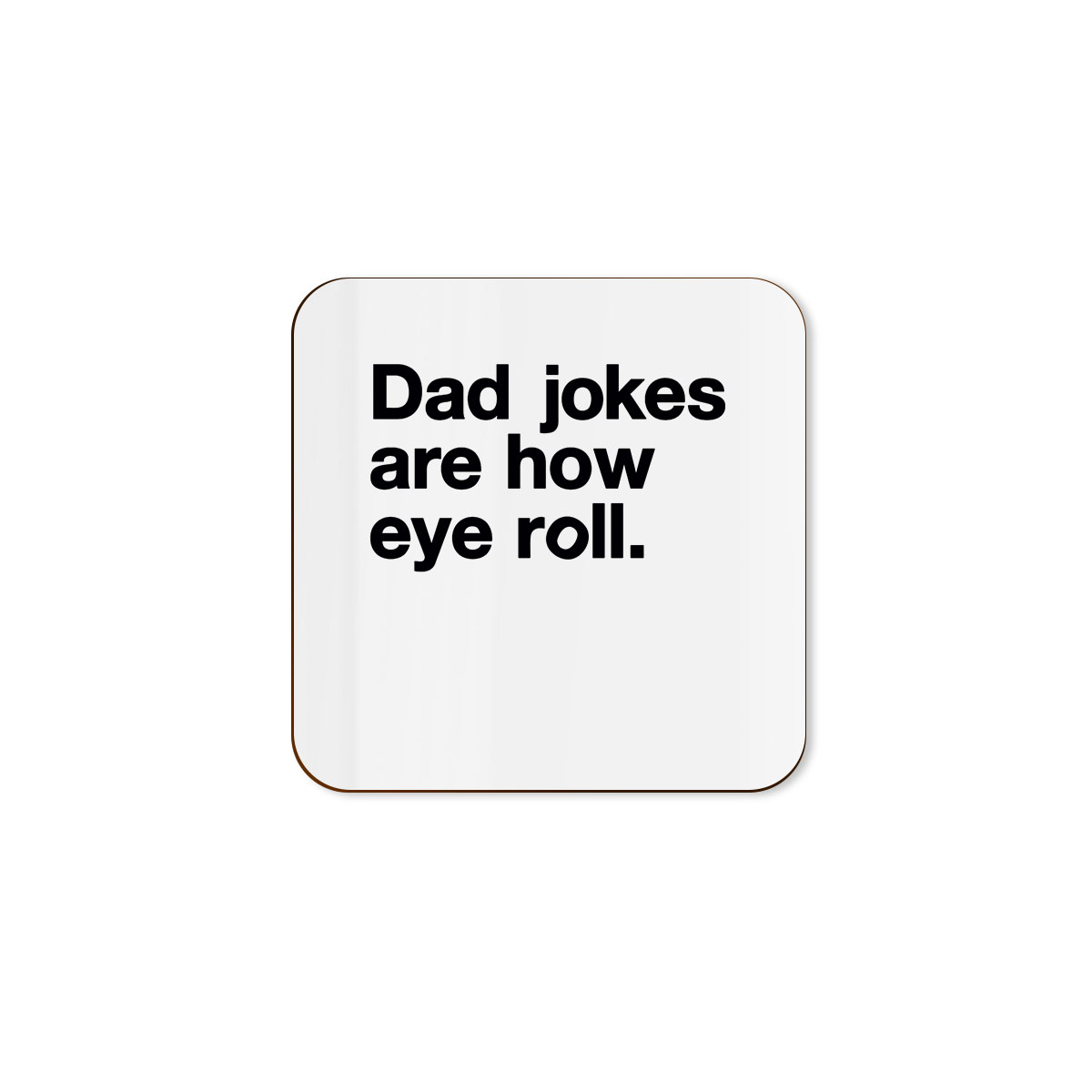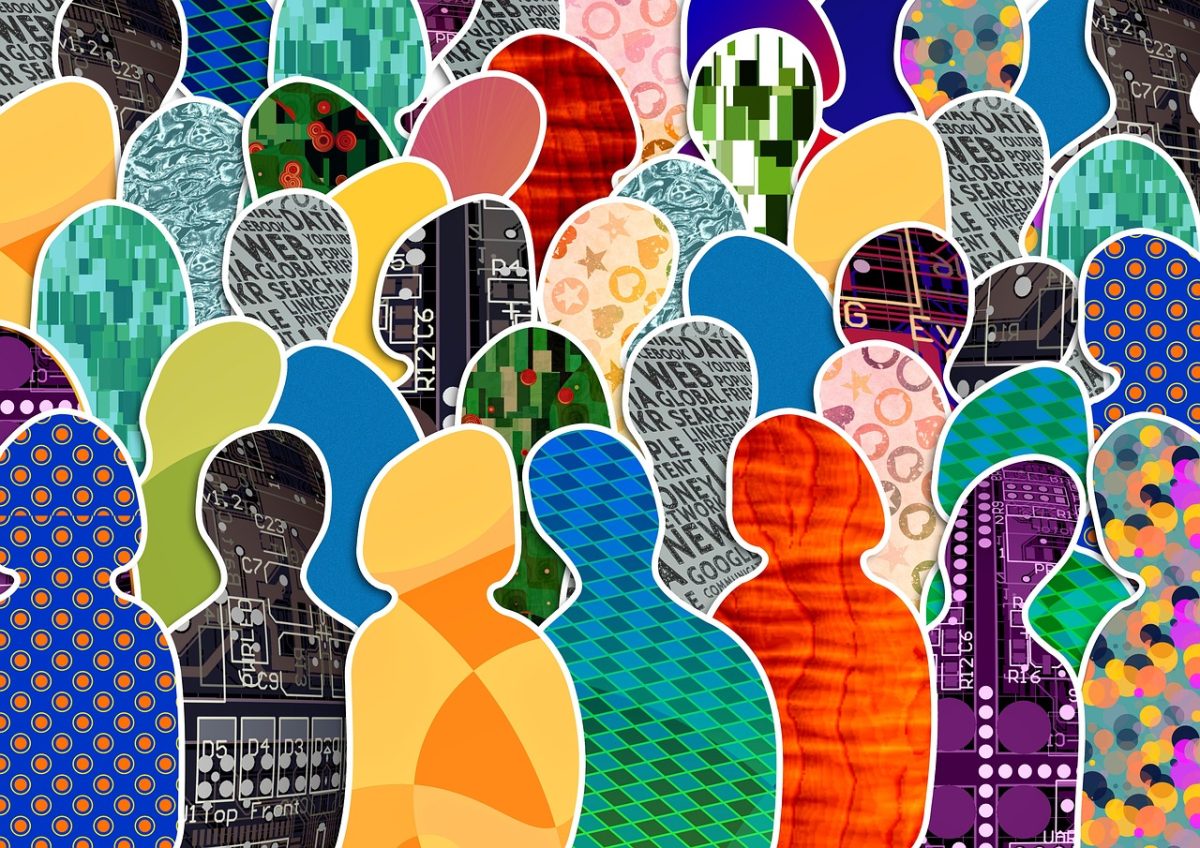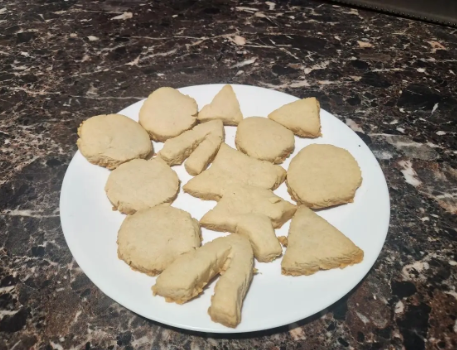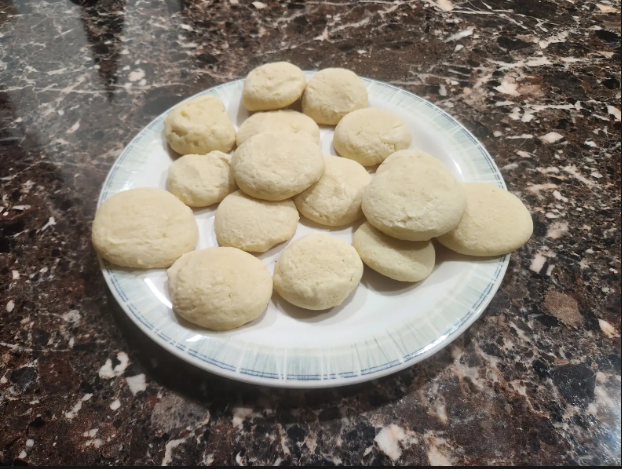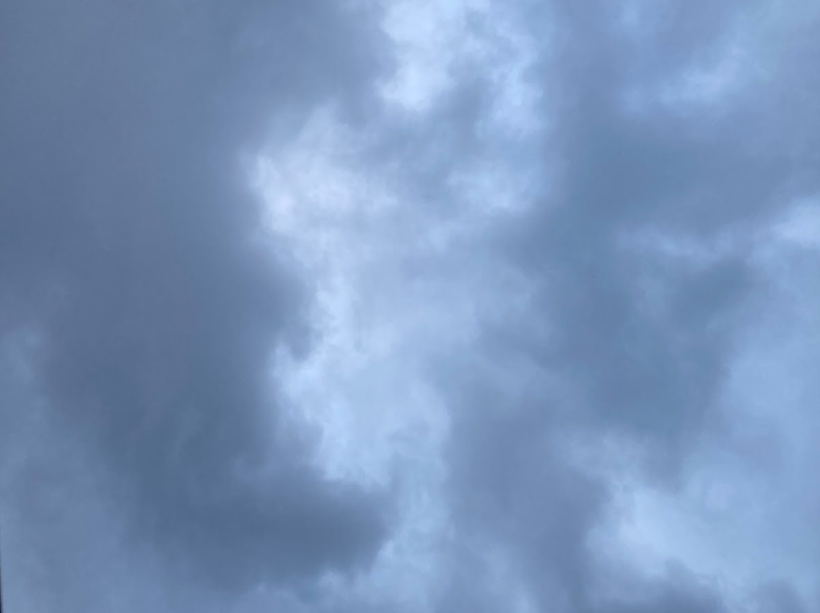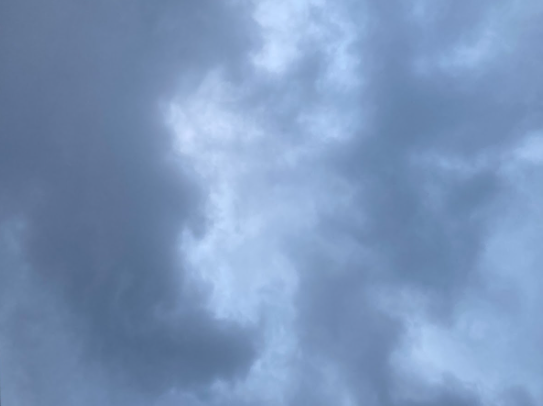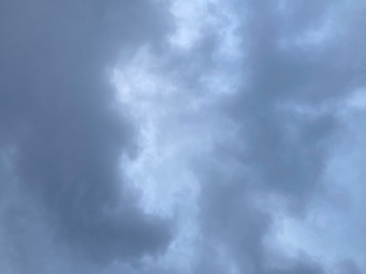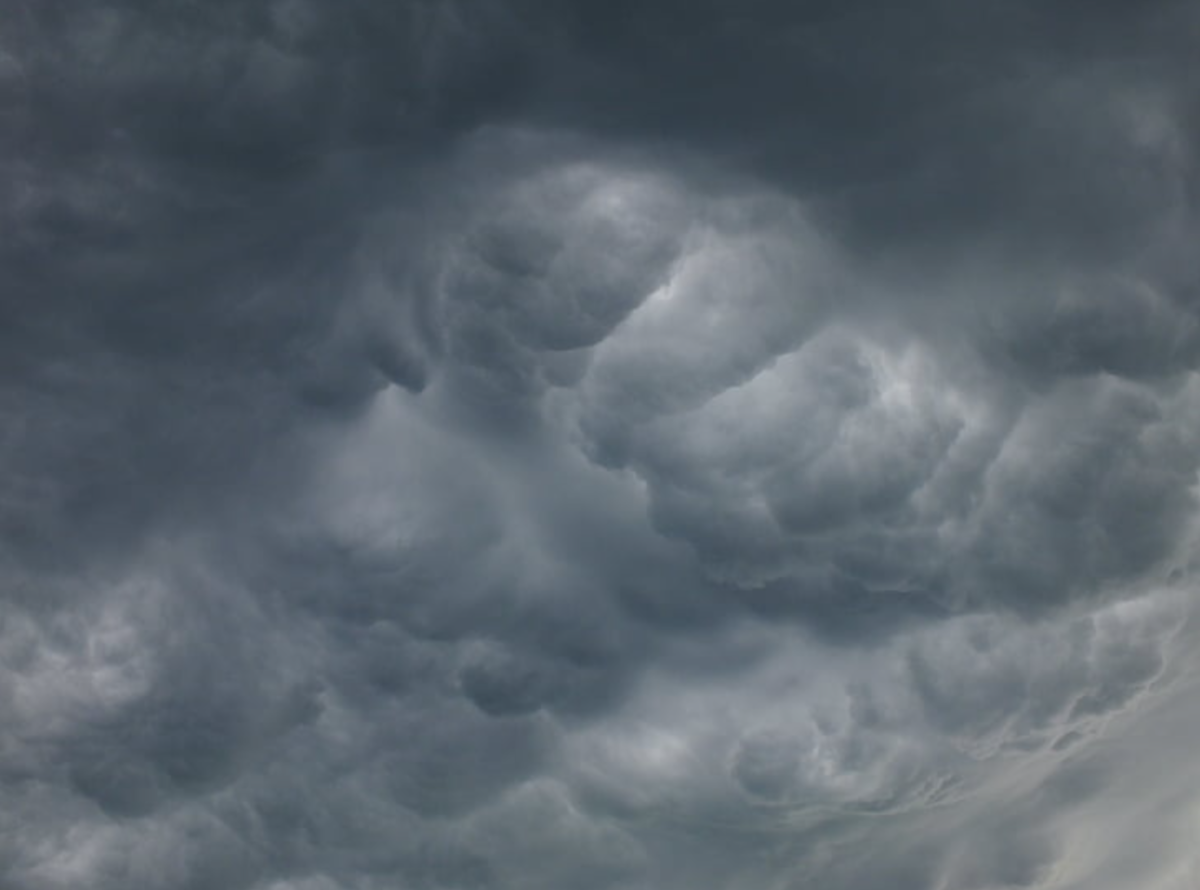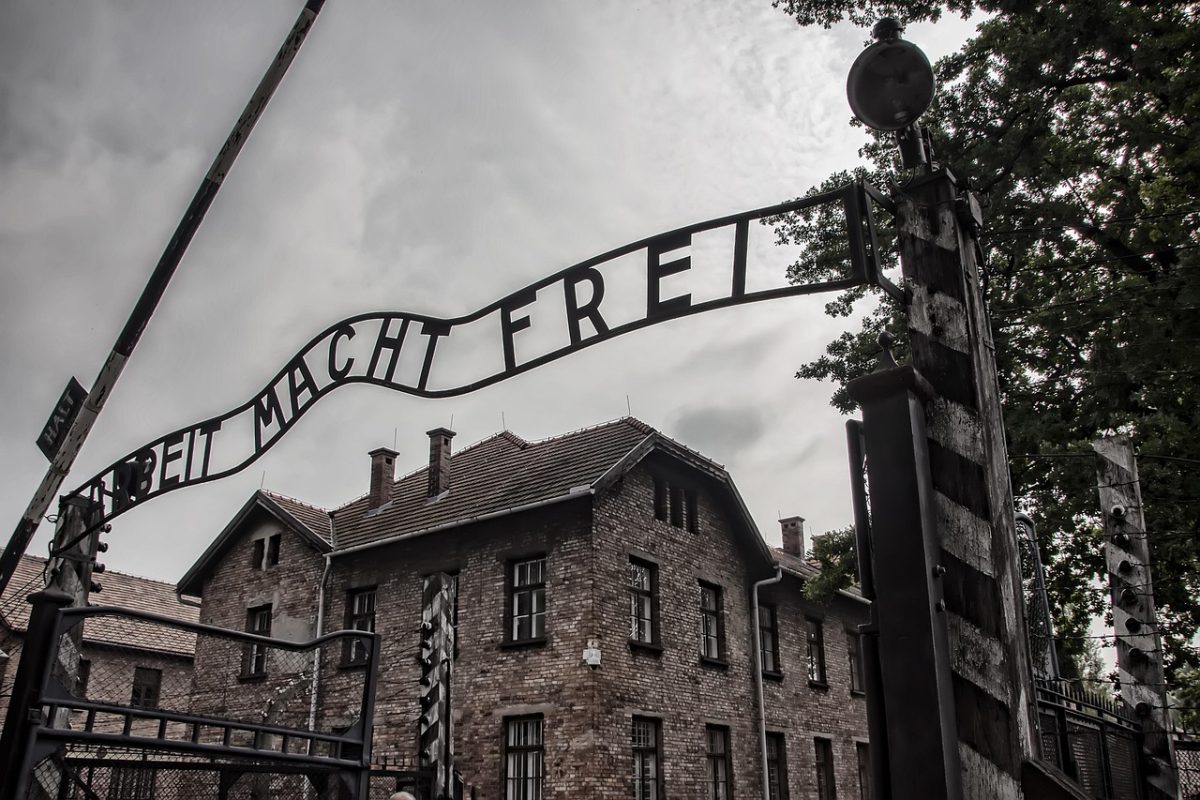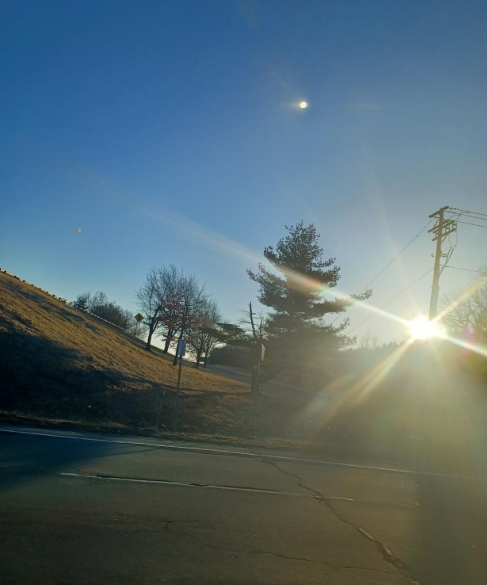Title of book: Maus by Art Spiegelman
Brief Explanation
Maus, winner of the 1992 Pulitzer Prize and a book that is one of a kind, a graphic ‘novel’ depicting the hollow humanity of the Holocaust through the lens of the author’s father, Vladek Spiegelman, and told with an absurd humour that ties it all together in a (not so pretty) bow. Its colorless images of a mouse and his family suffering the horrors of some of humanity’s most tragic periods evoke emotions of twisted guilt and shame—shoving a mirror in front of the reader as if to say, ‘You let this happen.’ Subtitled, My Father Bleeds History, the book is just that: the very real tale of a man who survived and lived to share his story.
Review
The story is told through this intermeshed timeline of the ‘present’ and past. The author of the book is depicted directly, and as you read about the life of Vladek Spiegelman, you watch as the book writes itself. This sets the stage for an interesting play of events, as you not only get to see the man of the past but also how that horrific past shaped him today. You sympathize, get afraid, and even shudder along with the black and white mouse in between the book’s pages, as you watch its face go from one of simple human joy to a carved out soul that has experienced things that one should never have to experience. Not only was the book cleverly written, but the fact that we get visuals to go along with the story only further strengthened the effect of the writing– the conversational tone as if the story was nothing more than someone’s recount of their ordinary day, contrasted greatly with the despairful pictures it painted. Furthermore, I also loved the sheer humanness of the story; even though everyone is shown to be mice, we feel their pain as acutely as we would have if they weren’t.
Final Thoughts
The book ends rather abruptly, foreshadowing a sequel to the story, which makes sense, considering the breadth of history that this single book was trying to cover. Maus develops the history of the Holocaust through the union of a couple and their subsequent struggles for survival as they try desperately to stick together in harsh times. A wonderful example of graphic nonfiction and eerily relevant to our present history, it will serve as a timeless reminder of what people are capable of doing to each other— and yet, how they stick together. Paradoxically brilliant, it sheds light on the history that many of us know of, but may not yet fully understand, or feel.
